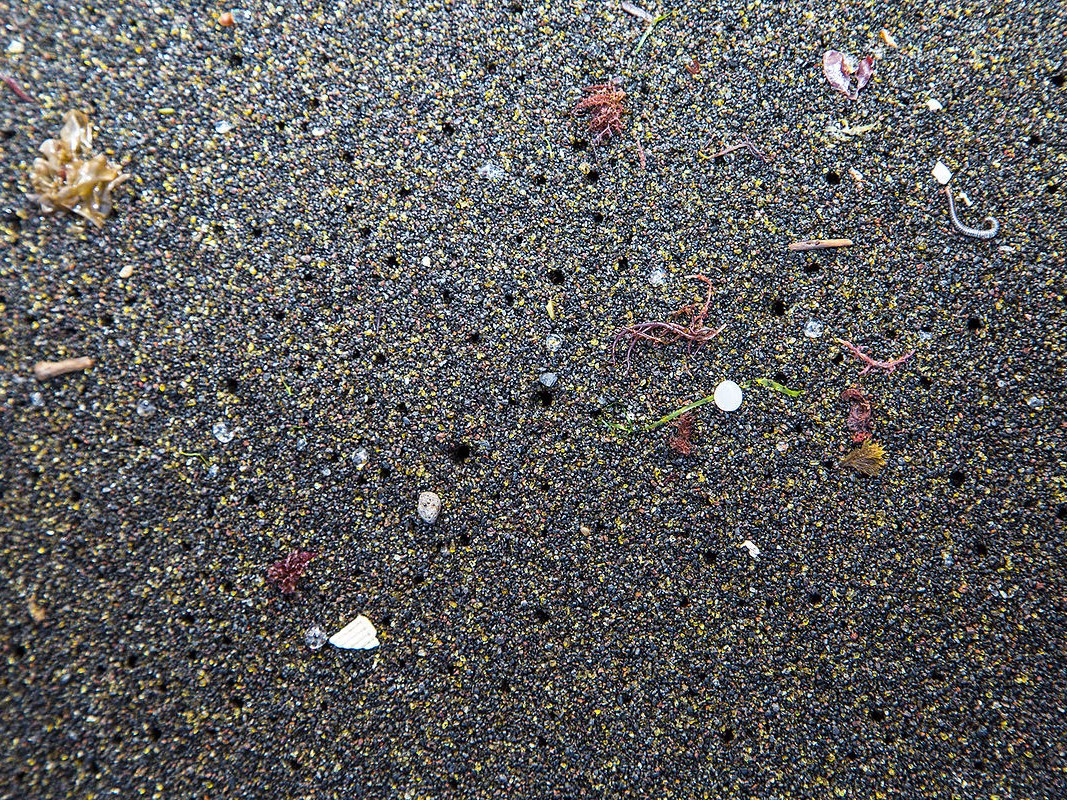Do micro- and nano- plastic particles in our environment affect our health?
A consortium consisting of 12 partners from 8 countries will investigate the complex role of micro and nanoplastics (MNPs) combined with environmental contaminants on food safety and human health, focusing on allergy and asthma. MNPs are out in the environment and part of our everyday life. They are in the food we eat, the water we drink and the air we breathe, yet we do not know how dangerous they are to human health. Some of the project's goals will be to determine the types and quantitates of MNPs in specific environments, identify the sorts of contaminants that attach to them and evaluate where they wind-up in our bodies after inhaling and ingesting them. These results will help us understand the effects of microplastics on human health and provide crucial knowledge for legislators. The extent of MNPs in the environment Plastic is exceptionally durable and can persist in the environment. When plastics degrade, they form microplastic and sub-micron-sized nanoplastic particles in all shapes, chemical composition, sizes and concentrations. Manufactured MNPs for commercial use in exfoliating cleansers, cosmetics, medicines, food, shed from synthetic textiles, and tires also wind-up in the environment. We don't know how many MNPs are in our environment. But estimates suggest that 5.25 trillion plastic particles circulate in ocean surface waters, and even more is likely because of the increased plastic use and waste during the COVID-19 pandemic. These tiny particles are in oceans, lakes, rivers, groundwater, air, and food, thus they can be ingested or inhaled. MNPs and allergic disease Allergy is one of the most common chronic diseases in Europe. Currently, 70 million Europeans have allergic asthma and 7 million live with food allergies, with immense societal costs. The prevalence of allergic diseases is rising, and predictions estimate that by 2025, half of the entire EU population will be affected. There is a possibility that high concentrations of MNPs in the environment could increase the number of allergic people or worsen their allergies. "In the Imptox project, we will study, for the first time, the effects of environmental or dietary exposure to MNPs on allergy and asthma, using different pre-clinical models and clinical studies in allergic children", comments Imptox coordinator, Tanja Ćirković Veličković from the Faculty of Chemistry at the University of Belgrade in Serbia. The Imptox team will capitalize on the consortium partners' knowledge and expertise in the fields of food chemistry, food contaminants, polymer and metal chemistry, toxicology, -omics, clinical immunology and allergy. "We don't yet know what the risks of MNPs are on allergic disease", says Imptox partner Michelle Epstein, an allergist and immunologist from the Medical University of Vienna. "Furthermore, we don't understand how MNPs interact with allergens in our environment and with our immune system", says Marianne van Hage, Prof. of Clinical Immunology at Karolinska Institutet. A unique approach A multidisciplinary team from universities, research institutions, SMEs in Serbia, Belgium, Austria, Sweden, France, Croatia, Italy and Switzerland, will collaborate on this ambitious 4-year project. The project goes beyond Europe by cooperating with scientists from the South Korean campus of Ghent University, supplying samples from the Yellow Sea. This unique approach aims to develop innovative tools to identify, extract, characterize, and quantify MNPs, evaluate MNP prevalence in the environment, track MNP fate, accumulation, and toxicity in preclinical studies, and investigate MNP exposure in children. Synergies in action Imptox is one of 5 H2020 projects that will work together with the EC's Joint Research Centre to form a collaborative network on MNPs and Health. The European Commission has identified plastics as a key priority and anticipate that this collaborative network will significantly contribute to the EU Strategy for Plastics.



